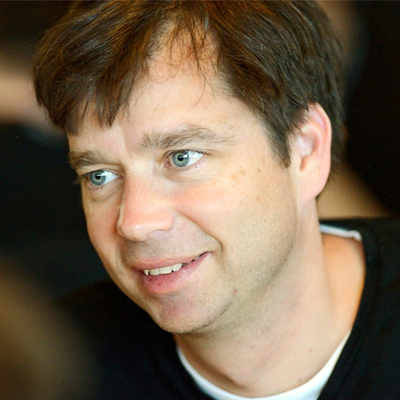Understanding how the brain generates motor skills
If you have seen Cirque du Soleil perform you were probably awed by the high-flying acrobatic displays and death-defying stunts. The exquisitely precise movement sequences executed by the trapeze artists, jugglers, and contortionists serve as beautiful reminders of our brain’s remarkable ability to control our bodies. Our own daily ‘circus acts’ - signing our names, buttoning our shirts, or brushing our teeth - are comparable marvels of precision, robustness, and reproducibility. While the acts may differ in difficulty and splendor, the learning process underlying them is similar. But what exactly is this process, and how is it implemented in our brains? Which neural pathways are engaged as we learn to play a piano sonata, recite a poem, or swing a golf club, and what are their respective functions? How are learned motor sequences, trivial or tremendous, stored in the brain? And how are they recalled and executed?
Despite the ubiquity and overwhelming importance of learned motor behaviors to our daily lives, our understanding of how the brain acquires and controls them remains poor. Not only is this a fundamental question in neuroscience, it is a pressing practical one: developmental disorders, diseases, and strokes compromise the brain’s ability to acquire new skills and execute already learned ones, devastating the lives of those affected. Our ability to help them, through better therapeutics and rehabilitation programs, is contingent on better understanding the neural mechanisms involved in the acquisition and execution of complex motor behaviors.
Dr. Bence Ölveczky, Associate Professor of the Natural Sciences at Harvard University, has devoted himself to answering these questions, using both songbirds and rodents to elucidate the mechanisms of motor learning. Songbirds because they are expert learners that acquire complex vocal patterns through imitation, rodents because they are more like us and can learn a variety of sophisticated motor skills. His comparative approach will identify general principles of how the brain learns motor skills that will inform also human motor learning.
To ensure success, Dr. Ölveczky has established an impressive experimental platform for recording and manipulating brain activity in animals as they acquire new skills. Because their new approach does not rely on monkeys as historical research has done, but rather uses experimentally and genetically tractable animal models, the pace of research and discovery will be sped up significantly. This will rapidly lead to new insights about brain function and set the stage for major breakthroughs in our understanding of how motor skills are learned and executed.
Current research includes:
-
Vocal learning in Songbirds: Dr. Ölveczky is trying to understand and reverse engineer how songbirds learn their songs. As expert learners who rely on their vocalizations for attracting mates, they have evolved specialized circuits and pathways for acquiring and producing their courtship songs. By recording from their brains and manipulating the underlying circuits, Dr. Ölveczky’s team will be able to model and understand how this complex learning process is implemented in the brain.
-
Learning New Skills in Mammals: Dr. Ölveczky and his team have designed a completely automated and high-throughput training system for rodents, allowing them to effortlessly train complex behaviors in a large number of animals. He is collecting high-resolution data about brain activity and behavior throughout learning and is using this to understand how different parts of the brain contribute to learning and producing motor skills.
-
Translating Insights: Dr. Ölveczky is translating the insights gained from his work on songbirds and rodents to an understanding of human motor control through collaborations and interactions with scientists and clinicians working closely with patients. In so doing, he hopes to inform what happens in the aftermath of injuries to the motor system and inform new therapeutics and treatment options. Similarly, his research could inspire new avenues for preventing and treating TBI’s, Parkinson’s, Huntington’s, and other movement disorders.
Bio
Dr. Bence Ölveczky grew up in Sweden and Norway, where his parents were both involved in the theater. Constantly surrounded and nurtured by writers and artists, he developed a deep interest in the arts. Returning to his native Hungary for University, he continued to immerse himself in the history of film, theater and painting. After finishing his degree in Mechanical Engineering, he became a freelance art critic for two years. It was his curiosity about how we perceive the world and why art affects us emotionally and intellectually that inspired him to return to science to explore the mechanistic underpinnings of these mental processes. During his Ph.D. studies, he studied visual processing and perception, discovering general mechanisms and principles of how our nervous system processes the world around us.
Now, as a father, his motivations have been further fueled by a desire to understand how children develop and how they learn new skills and behaviors or, more broadly, how the environment shapes our brains. Specifically, he is interested in understanding how we learn to generate the types of motor skills and motor sequences that are part of sports, performance, and everyday activities.
In his free time, aside from research, Dr. Ölveczky enjoys spending time with his three young children and his partner. If not in the lab or playing with his children, you will likely find him in a theater or opera house, on the ski slopes or the tennis court.


